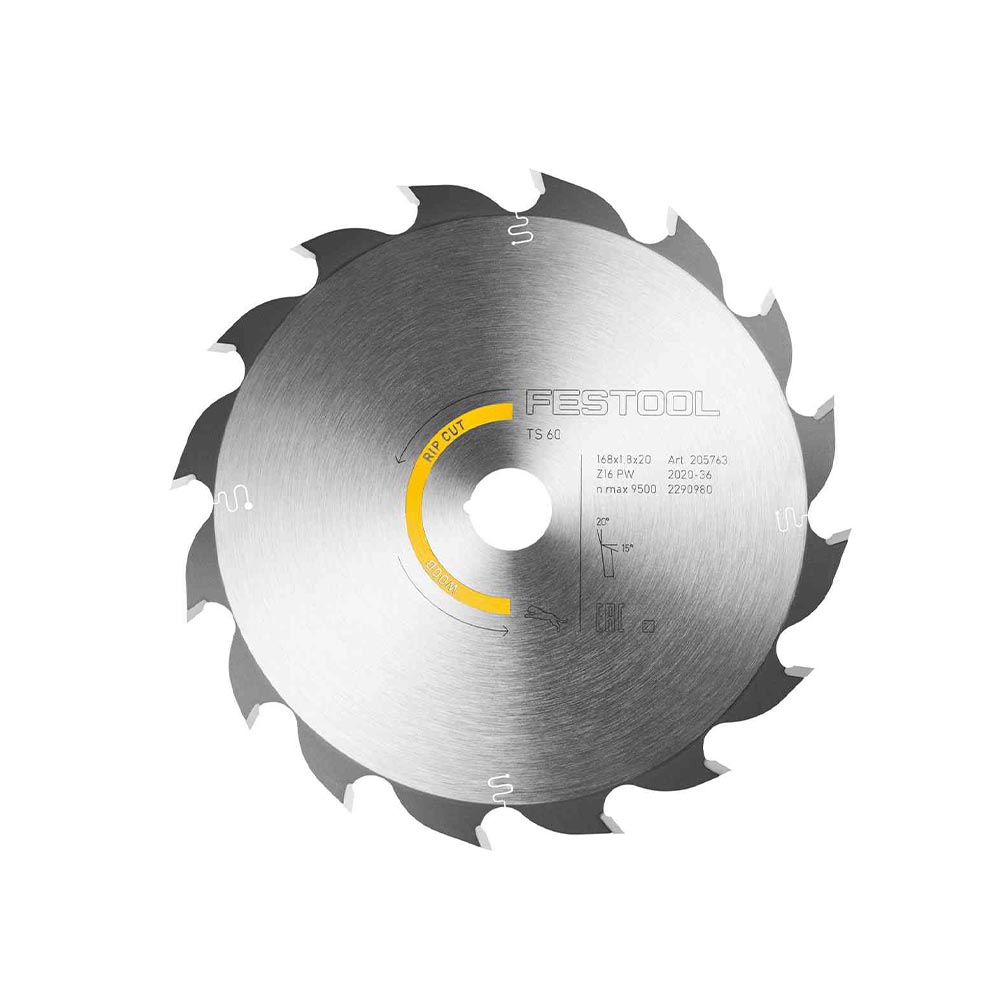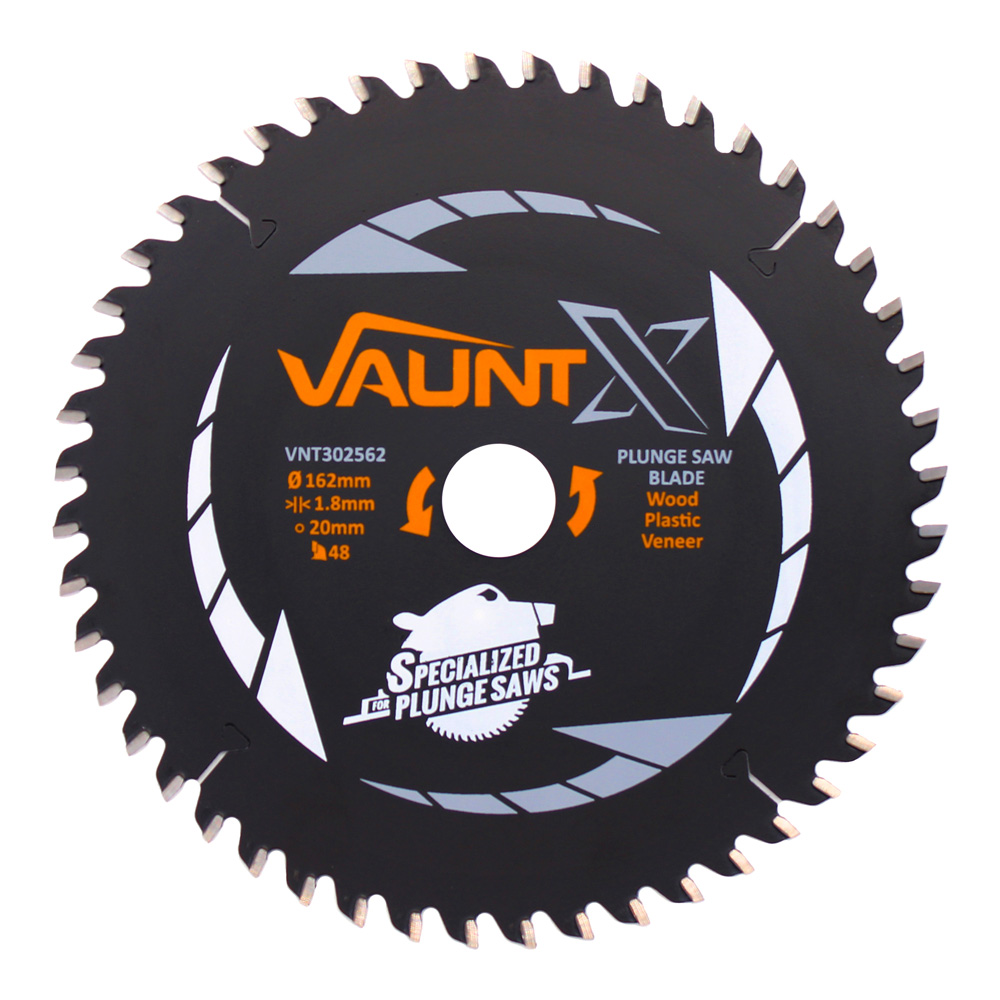Table Saws
Table saws bring speed and accuracy to any cutting job, perfect for crafting clean, straight cuts in wood, plastic, and metal. From large sheets to delicate trims, these saws offer stability and power for everything from home improvements to professional woodworking projects.
Who Uses Table Saws?
Table saws are essential tools for professionals across various industries and DIYers aiming for precision and ease. They provide dependable power for any detailed or high-volume cutting work.
- Woodworkers – Ideal for precise cuts in large boards, trims, and joints, enabling high-quality woodworking projects.
- Contractors – Essential for on-site work, allowing quick adjustments and cuts for installations and structural work.
- Furniture Makers – Perfect for detailed, custom cuts required in crafting furniture pieces, from tabletops to cabinetry.
- DIY Enthusiasts – Great for homeowners working on renovations, custom storage, or creating home decor projects.
Table Saws Are Great for Jobs Such As:
- Building custom furniture – Achieve precise, clean cuts on wood for crafting tables, shelves, and cabinets.
- Trim and mold work – Make accurate cuts in molding or trim, ensuring a snug fit around walls, doors, and windows.
- DIY home projects – Use for projects like building shelves, cutting panels for walls, or constructing custom storage solutions.
- Flooring installation – Quickly cut planks or sheets to fit unique spaces, saving time and ensuring a professional finish.
- Deck and outdoor projects – Ideal for preparing wood for decking or other outdoor structures, providing strong, even cuts for stability and fit.
How to Choose the Best Table Saw
Choosing the right table saw can make all the difference in achieving smooth, accurate cuts. Whether you’re working on custom woodworking or home renovation, here are the most important specifications to consider for your next table saw purchase:
1. Motor Power
Motor power determines the cutting efficiency of a table saw. For heavy-duty jobs or cutting thick hardwoods, opt for a saw with at least 3-5 HP. For lighter DIY tasks, a 1-2 HP motor should be sufficient.
2. Blade Size and Compatibility
Most table saws use a 10-inch blade, which provides a good balance of depth and speed for general cutting. For deeper cuts or specialized work, consider saws compatible with 12-inch blades.
3. Rip Capacity
Rip capacity is essential for handling larger materials. A rip capacity of 24-30 inches suits most woodworking projects, but for cutting full sheets or wide panels, a rip capacity of 50 inches or more may be necessary.
4. Fence Quality and Adjustability
A reliable, adjustable fence is key for maintaining straight, accurate cuts. Look for a sturdy fence system that locks firmly in place, reducing the need for constant adjustments and enhancing cut quality.
5. Dust Collection
Effective dust collection keeps your workspace cleaner and improves visibility. Many table saws come with built-in dust ports compatible with shop vacs, which is a must for indoor workspaces or frequent cutting jobs.
6. Safety Features
Safety features like a riving knife (prevents kickback), blade guards, and anti-kickback pawls are essential. Some table saws also include emergency stop switches, adding an extra layer of security during operation.
7. Portability and Weight
For on-site work, a portable table saw with wheels or folding legs is ideal. Consider a lighter model if you’ll be transporting the saw frequently, while a heavier, stationary model is better for a dedicated workshop.
8. Table Size and Material
A larger table provides more surface area for supporting bigger workpieces. Additionally, tables made of cast iron or aluminum provide stability and reduce vibration, resulting in more accurate cuts.
What Types of Blades Can Table Saws Use?
Table saw blades are available in various sizes, typically ranging from 8 inches (200mm) to 12 inches (300mm), allowing compatibility across different saw models. The kerf, or the width of the cut the blade makes, is crucial in performance. Narrow kerf blades are ideal for smooth, precise finishes and require less power, while wider kerf blades handle heavy-duty cuts efficiently.
| Blade Type | Primary Application | Example Image |
|---|---|---|
| Crosscut Blade | Designed for smooth, accurate cuts across the grain. Ideal for fine woodworking and cabinetry. |  |
| Rip Blade | Efficient for cutting along the wood grain, perfect for fast, straight cuts in hardwood and softwood. |  |
| Combination Blade | A versatile blade that handles both crosscuts and rips, ideal for general-purpose cutting. |  |
| Finishing Blade | Provides ultra-smooth cuts for a polished finish, suitable for plywood, laminate, and other fine materials. |  |
Popular Accessories for Table Saws
Selecting the right accessories can significantly enhance your table saw’s performance and improve safety. From blades to dust collection systems, these accessories help you get the most out of your table saw, ensuring precision, cleanliness, and ease of use.
1. Blade Inserts
Blade inserts, or zero-clearance inserts, reduce the gap between the blade and the table, preventing small offcuts from getting caught. They provide better support for materials and help minimize tear-out on cuts, which is essential for a cleaner finish on fine woodworking projects.
2. Push Sticks and Push Blocks
Push sticks and push blocks are essential safety tools for guiding materials through the saw while keeping your hands safe. These accessories give you better control, helping you maintain accuracy and reduce the risk of kickback during cuts.
3. Dust Collection Attachments
Dust collection attachments help maintain a clean work environment by capturing sawdust and debris directly from the source. This not only improves visibility while cutting but also extends the life of the saw and reduces clean-up time.


